Solar Storage
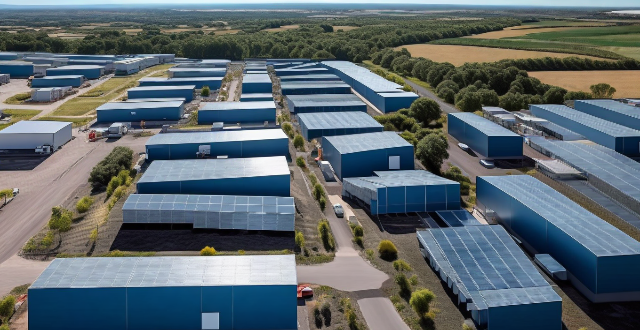
Can you explain the difference between photovoltaic and solar thermal energy ?
Solar energy harnesses the power of the sun to generate electricity or heat. Two major categories are photovoltaic (PV) and solar thermal systems, which differ in their conversion processes, applications, storage capabilities, efficiencies, and costs. PV systems convert sunlight directly into electricity using semiconductor materials like silicon, while solar thermal systems capture the sun's heat to warm a fluid, usually water or air, which then provides heat or generates electricity. PV is mainly used for generating electricity, and solar thermal is used for both heating and electricity generation. Solar thermal systems can more readily incorporate thermal storage solutions, while PV systems typically require battery storage for off-grid applications. The cost and affordability depend on the specific application and location, with PV becoming increasingly competitive in recent years.

How does energy storage fit into the renewable energy landscape, especially with intermittent sources like solar and wind ?
Renewable energy sources, such as solar and wind power, are becoming increasingly popular as alternatives to traditional fossil fuels. However, these sources are often intermittent, meaning that they do not produce energy consistently throughout the day or year. Energy storage plays a crucial role in addressing this issue by allowing us to store excess energy generated during peak production times for use during periods of low production. There are several types of energy storage technologies available, including batteries, pumped hydro storage, compressed air energy storage (CAES), flywheels, and thermal energy storage (TES). Each has its own advantages and disadvantages, and the choice of technology will depend on factors such as cost, efficiency, and environmental impact. While energy storage offers many benefits, there are also some challenges to consider, such as the cost of installation and maintenance, environmental impacts, and safety concerns. However, there are also many opportunities for innovation and improvement in the field of energy storage. Advances in battery technology could lead to more affordable and efficient ways to store energy, while new types of energy storage systems could offer even greater flexibility and reliability for renewable energy systems. As we continue to shift towards renewable energy sources, it is clear that energy storage will play an increasingly important role in ensuring a stable and reliable power grid.
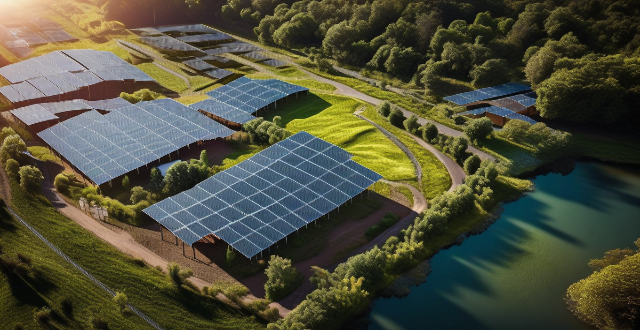
How does solar energy work ?
Solar energy is generated through the use of solar panels containing photovoltaic cells, which convert sunlight into electricity via the photovoltaic effect. This process involves absorbing sunlight, exciting electrons to a higher energy level, generating an electrical current, collecting it, and converting it into usable AC electricity. Solar energy is renewable, sustainable, cost-effective, and environmentally friendly, but its effectiveness can be reduced by weather conditions, and it requires additional equipment for energy storage. Despite high upfront costs, solar energy systems can lead to long-term savings on utility bills.

Is it possible to run my entire house on solar power alone ?
The possibility of powering an entire household with solar energy alone is influenced by various factors, including energy consumption habits, geographic location, available roof space, and system efficiency. Financial considerations, net metering policies, and maintenance requirements also play a role in determining the feasibility of such a setup. Homeowners should assess these elements and consider professional consultation to ascertain if their home can run solely on solar power.

How does solar power work and is it a viable option for homes ?
Solar power is generated through solar panels made of silicon cells that convert sunlight into direct current (DC) electricity. This process involves absorption of light, conversion to DC, conversion to alternating current (AC), and distribution throughout a home or business. Solar power is a viable option for homes due to its renewable nature, cost savings, environmental benefits, and government incentives. However, weather conditions, storage options, and upfront costs should also be considered before deciding if solar power is the right choice for your home.
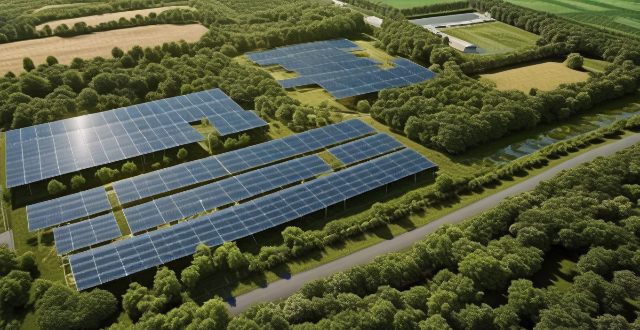
How does solar power generation work and is it a viable option for residential use ?
Solar power generation involves converting sunlight into electricity using solar panels, which are made up of photovoltaic cells. The process includes generating electricity, converting it from DC to AC, net metering, and battery storage. Solar power is a viable option for residential use due to its cost-effectiveness, energy independence, environmental benefits, increased property value, and technological advancements.
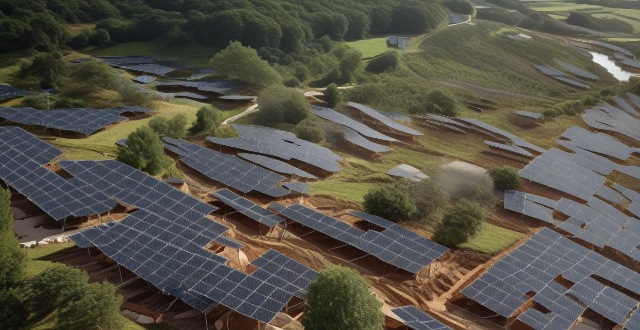
How does wind energy compare to solar energy ?
Wind energy and solar energy are both renewable sources of energy that have gained popularity in recent years. Wind turbines can generate electricity with high efficiency and low maintenance cost, while solar panels have a low initial cost and long lifespan. However, wind turbines can create noise pollution and have limited availability, while solar panels rely on sunlight and require a large amount of land. Both sources have their advantages and disadvantages, making them suitable for different applications.
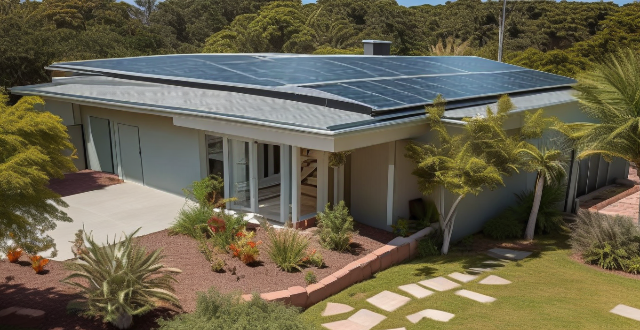
How much does it cost to install a solar panel system ?
The cost of installing a solar panel system varies depending on the size, type of panels used, and installation location. Small residential systems typically range from $15,000 to $25,000 before tax credits or incentives, while medium to large residential systems can cost between $25,000 to $40,000. Commercial systems can vary greatly in size and cost. Monocrystalline silicon panels are the most efficient and expensive option, while thin-film solar panels are the least expensive but also less efficient. Rooftop installations are generally more expensive than ground-mounted installations. Additional costs include inverters, batteries, and installation fees. It is important to consult with a reputable solar installer for an accurate estimate based on specific needs and circumstances.

How can we improve the efficiency of carbon capture and storage technologies ?
This text is about improving the efficiency of carbon capture and storage (CCS) technologies. The author suggests several strategies, including advances in capture technology, optimization of transport and storage processes, integration with renewable energy sources, innovations in material science, policy and economic incentives, and public awareness and education. The author believes that these measures can make CCS a more viable solution for combating climate change.
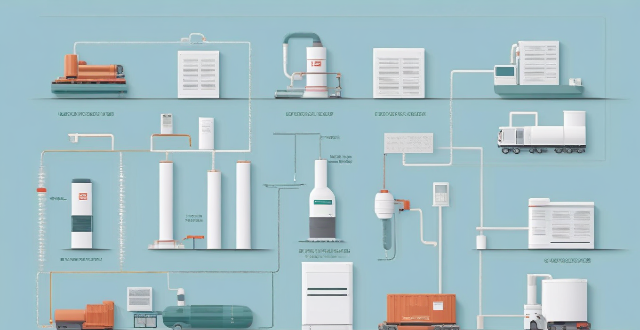
What are the most effective energy storage solutions currently available ?
The text discusses the crucial role of energy storage in modern energy systems, enabling the utilization of excess energy during low demand periods for peak demand. It presents a summary of various effective energy storage solutions, including pumped hydro storage, battery storage, compressed air energy storage (CAES), flywheels, flow batteries, superconducting magnetic energy storage (SMES), and thermal energy storage. Each solution has unique features and applications, such as high capacity for pumped hydro, fast response times for batteries and flywheels, and flexible design for flow batteries. The choice among these solutions depends on factors like application, cost, geography, and desired duration and scale of storage.
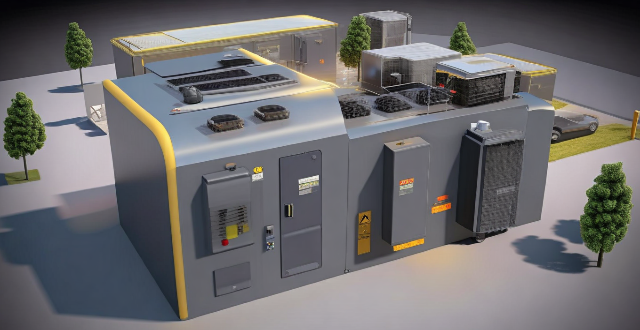
How do thermal energy storage systems compare to electrochemical batteries ?
This text compares thermal energy storage systems and electrochemical batteries in terms of their working principles, applications, advantages, and disadvantages. Thermal storage systems store energy by heating a medium and can be used for space heating, cooling, or generating electricity through a heat engine. Electrochemical batteries store energy through chemical reactions and are commonly used in portable electronics, electric vehicles, and grid support. Both systems have unique strengths and weaknesses, making them suitable for different scenarios.
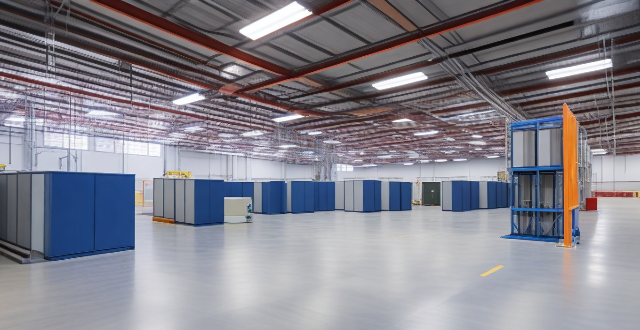
What role do pumped hydro storage systems play in renewable energy integration ?
Pumped hydro storage systems are crucial for renewable energy integration by offering reliable and efficient energy storage, balancing supply and demand, enhancing grid stability and reliability, facilitating higher penetration of renewables, providing ancillary services, and delivering economic benefits.

In what ways can energy storage solutions improve grid stability and reliability ?
Energy storage solutions play a crucial role in enhancing grid stability and reliability. They contribute to balancing supply and demand, providing ancillary services, integrating renewables, improving resilience, optimizing economic efficiency, facilitating distributed generation, and supporting transmission and distribution systems. Energy storage systems can absorb excess energy during low demand periods and release it during peak times, helping to level the load on the grid. They also provide frequency regulation and voltage support, smoothing out the variability of renewable sources like wind and solar. Energy storage enhances resilience by providing blackstart capability and islanding, allowing parts of the grid to be isolated and continue supplying power in case of major faults. It optimizes economic efficiency by enabling arbitrage and deferring costly grid upgrades. Energy storage facilitates distributed generation by allowing consumers with distributed generation to store energy during off-peak hours and use it during peak time periods, reducing their electricity bills. Overall, energy storage solutions are becoming increasingly vital for modernizing and strengthening our electrical grids.

What is the future potential of compressed air energy storage (CAES) ?
Compressed air energy storage (CAES) is a promising technology that has the potential to revolutionize the way we store and use energy. Key points about its future potential include increased efficiency and scalability, low cost and long lifespan, environmental benefits, and integration with other technologies. CAES systems can be scaled up or down depending on the amount of energy storage required and offer good value for money over their lifetime. They also have a long lifespan, typically lasting 20 years or more with proper maintenance. Additionally, CAES systems can help reduce carbon emissions by using renewable energy sources such as wind and solar. Finally, they can stabilize the grid during peak demand periods and be combined with other forms of energy storage to create hybrid systems that offer even greater flexibility and efficiency.

What impact do energy storage solutions have on the economics of renewable energy ?
Energy storage solutions significantly impact renewable energy economics by addressing variability and unpredictability. They enhance grid stability, reduce costs, and increase efficiency, thus making renewable energy more viable. With ongoing technological advancements, energy storage will continue to play a crucial role in integrating renewable energy into power grids and achieving global decarbonization goals.
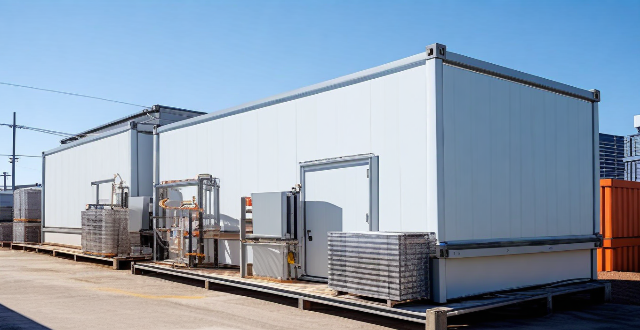
How do energy storage systems contribute to sustainable development ?
Energy storage systems are crucial for sustainable development, improving renewable energy efficiency, enhancing grid stability, supporting the shift to electric vehicles, promoting decentralization and local production, mitigating environmental impact, and offering economic benefits. They help balance supply and demand, reduce waste, even out demand spikes, support EV infrastructure, enable microgrids, reduce fossil fuel dependency, increase energy efficiency, save costs, and create jobs. Energy storage systems are a key component in the transition to a low-carbon future.
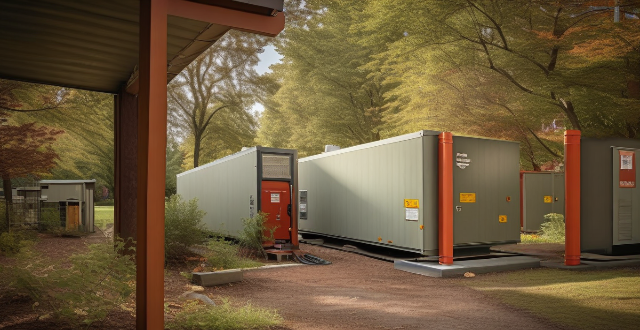
How do solar panels impact electricity bills in the long run ?
Solar panels can significantly reduce electricity bills over the long term by reducing energy consumption, increasing self-sufficiency, and taking advantage of net metering programs. While the initial cost of installation can be high, lower operating costs, federal tax credits, and increased home value can help offset these expenses. Additionally, solar panels offer environmental benefits such as reduced carbon emissions and support for renewable energy infrastructure.
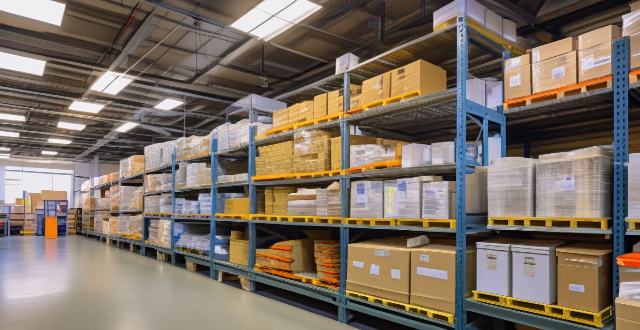
How can energy storage be integrated with smart grid technologies ?
Energy storage plays a pivotal role in the development and operation of smart grids. It provides flexibility to the system, enabling it to manage variable renewable energy sources, enhance reliability, and improve efficiency. The benefits of energy storage in smart grids include balancing supply and demand, integrating renewable energy, improving grid stability and reliability, enhancing efficiency, and saving costs. Methods of integration include distributed energy resource management (DERMS), advanced metering infrastructure (AMI), grid optimization software, and energy management systems (EMS). However, challenges such as interoperability, cybersecurity, regulation and standardization, and cost must be addressed. Integrating energy storage with smart grid technologies is crucial for achieving a modernized, efficient, and sustainable electrical grid.

What are some emerging trends in the field of energy storage materials research ?
The text discusses the latest trends in energy storage materials research, focusing on solid-state batteries, flow batteries, metal-air batteries, supercapacitors, redox flow batteries, hybrid energy storage systems, nanostructured materials, smart grid integration, thermal energy storage, and organic/bio-based materials. Each section provides a brief overview of the technology's advantages and current research challenges.

Are there new innovations in battery storage technology that could improve the reliability of renewable energy sources ?
Renewable energy sources are becoming increasingly popular, but their intermittency can cause fluctuations in energy supply. To address this issue, there have been several new innovations in battery storage technology that could improve the reliability of renewable energy sources. Lithium-ion batteries have a high energy density and long lifespan, making them ideal for storing large amounts of energy from renewable sources. Flow batteries store energy in liquid electrolytes that are pumped through a cell stack, allowing for continuous charging and discharging without degradation. Supercapacitors can charge and discharge very quickly, providing bursts of power when needed. Thermal energy storage systems use heat rather than electricity to store energy and can be integrated with various renewable sources. By incorporating these technologies into existing renewable energy systems, we can ensure a more stable and reliable energy supply while reducing our reliance on fossil fuels.

Are there any government incentives for installing solar panels ?
Governments worldwide offer various incentives to encourage the adoption of solar energy, including tax credits and deductions, rebates, net metering, feed-in tariffs, grants, low-interest loans, green energy certificates, and solar rights laws. These incentives aim to reduce the upfront costs of installing solar panels and make renewable energy more accessible and financially viable for homeowners and businesses. However, eligibility requirements and application processes can vary, so it's essential to consult local professionals or agencies for specific information.
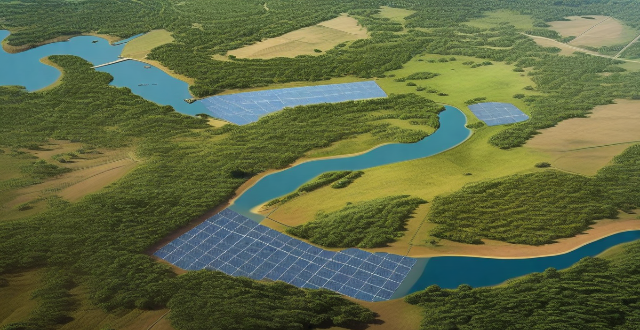
How long do solar panels typically last ?
Solar panels are a sustainable and cost-effective way to generate electricity. However, the lifespan of solar panels is an important factor to consider when making an investment in renewable energy. In this article, we will explore how long solar panels typically last and what factors can affect their lifespan. Solar panels are designed to last for several decades, with most manufacturers offering warranties of 25 years or more. However, the actual lifespan of a solar panel can vary depending on several factors, including the quality of materials used, the installation process, and environmental factors. The quality of the materials used in the manufacturing process can significantly impact the lifespan of a solar panel. Proper installation ensures that the panel is securely mounted and protected from potential damage caused by weather conditions or other external factors. Environmental factors such as temperature, humidity, and exposure to sunlight can also impact the lifespan of a solar panel. To ensure that your solar panels last as long as possible, it is essential to perform regular maintenance checks. This includes keeping the panels clean, checking for damage, and monitoring performance over time. By following proper maintenance practices and monitoring your solar panel's performance over time, you can ensure that your investment in renewable energy pays off in the long run.
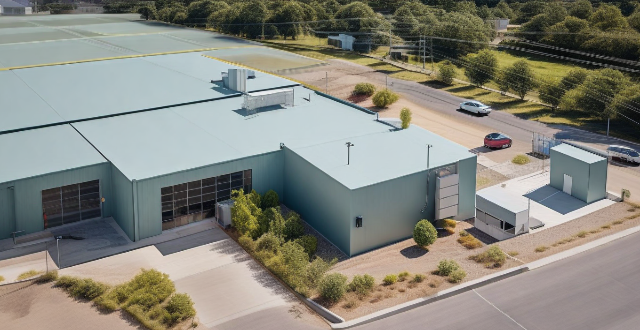
How do we ensure the safety and longevity of large-scale energy storage facilities ?
Ensuring the safety and longevity of large-scale energy storage facilities requires proper design and planning, strict construction standards, comprehensive maintenance programs, advanced monitoring systems, robust security measures, and environmental considerations. These measures help minimize risks associated with energy storage and promote sustainable development of renewable energy sources.

How is solid-state battery technology improving energy storage ?
Solid-state battery technology is a significant advancement in energy storage, offering advantages such as increased energy density, faster charging times, improved safety, and longer lifespans compared to traditional lithium-ion batteries. This technology employs a solid electrolyte material, allowing for a higher concentration of anode and cathode materials within the cell, resulting in more energy stored per unit volume. Solid-state batteries can provide longer runtimes for electronic devices and electric vehicles without increasing their size or weight. The solid electrolyte used in these batteries has higher ionic conductivity than liquid electrolytes, enabling faster movement of lithium ions between the anode and cathode during charging and discharging cycles. This means that devices powered by solid-state batteries can be recharged in significantly less time than those using traditional lithium-ion batteries. Safety concerns have long been associated with lithium-ion batteries due to the risk of thermal runaway, which can lead to fires or explosions. Solid-state batteries address this issue by eliminating the flammable liquid electrolyte found in conventional batteries. Instead, they use a non-flammable solid electrolyte material that does not pose a risk of leakage or combustion. Additionally, the absence of liquid components reduces the likelihood of short circuits occurring within the battery cell, further enhancing overall safety. Solid-state batteries also boast a longer lifespan compared to traditional lithium-ion batteries. The solid electrolyte used in these batteries is less susceptible to degradation over time, meaning that they can withstand more charging and discharging cycles without losing capacity. This extended lifespan makes solid-state batteries an ideal choice for applications requiring long-term energy storage solutions, such as grid storage systems and renewable energy projects. The benefits offered by solid-state battery technology make it well-suited for a wide range of applications beyond just consumer electronics and electric vehicles. Some potential uses include grid storage systems, renewable energy projects, aerospace & defense, and powering satellites, drones, and other advanced military equipment.

What are the benefits of using solar power ?
Solar power is a renewable and sustainable energy source that offers numerous benefits. It can be cost-effective in the long run, environmentally friendly, promotes energy independence, has low maintenance costs, versatile applications, creates jobs, provides government incentives, increases property value, and enhances energy security. As technology advances and awareness grows about renewable energy sources like solar power, its adoption is expected to continue rising worldwide.
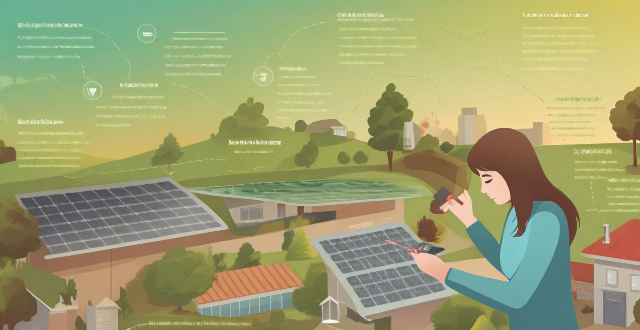
How can I maintain and clean my solar panels for optimal performance ?
The article discusses the importance of maintaining and cleaning solar panels to ensure their optimal performance. It provides a detailed guide on how to keep solar panels in top condition through regular inspection, cleaning, preventative measures, and safety precautions. The guide includes steps for visual inspection, checking for shading, monitoring production levels, dry and wet cleaning methods, using bird repellents and gutter guards, and routine maintenance. It also emphasizes the importance of wearing appropriate safety gear and taking precautions when working on or around solar panels. By following these steps, homeowners can extend the lifespan of their solar panels and maintain their efficiency over time.
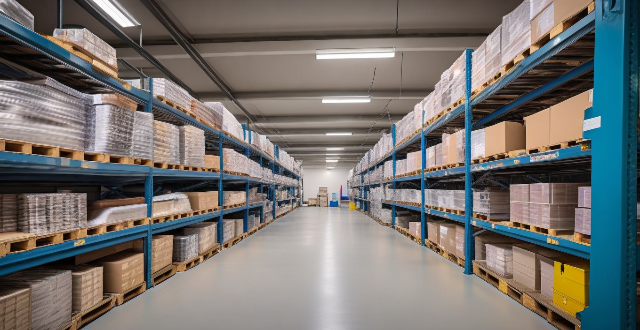
Will upgrading the storage capacity of my iPhone affect its performance ?
Upgrading the storage capacity of an iPhone does not inherently affect its performance. However, increased storage capacity may lead to slight delays in background tasks and app loading times. To maintain optimal performance, regular maintenance, staying updated with software updates, and considering hardware upgrades are recommended practices.

What are the advantages of using solar panels for residential and commercial purposes ?
Solar panels offer reduced energy costs, environmental benefits, increased property value, energy independence, low maintenance, and government incentives for residential and commercial use.

**How do I upgrade my storage on iCloud ?
Upgrading your iCloud storage is an easy process that lets you expand the space for storing photos, documents, and other data. Here’s a step-by-step guide to help: 1. **Check Your Current Storage**: Know how much storage you have and its usage by visiting [iCloud settings](https://appleid.apple.com/account/manage). 2. **Choose a New Storage Plan**: Go to [Settings > [Your Name] > iCloud > Manage Storage](https://appleid.apple.com/account/manage), tap "Change Storage Plan," and select a new plan based on your needs. 3. **Manage Your Storage Wisely**: After upgrading, manage your storage effectively by regularly checking usage, cleaning up unused apps, and archiving old data. 4. **Enjoy Expanded Storage Capabilities**: With your new iCloud storage, enjoy the benefits of having more space for your digital life, enhancing your Apple ecosystem experience.